
The Strength of NIMS's Research in Numbers
NIMS is designated as a national research and development institute by the government. We are focused on enhancing our research capabilities, as demonstrated by recent reforms to the organization. Our achievements are reflected in published academic papers, as well as in numbers of patent applications and technology transfers to the industrial sector over the years.
The Strength of NIMS's Research in Numbers
Impact in the materials science field in Japan
NIMS surpasses other domestic research institutions in the number of papers cited! We are ranked No. 1 for domestic influence in materials science.
The frequency of citation by other researchers indicates how profound our impact is on the field.
NIMS is recognized as a leading research institute with exceptional influence in the field of materials science. We are ranked No. 1 domestically, 2nd in physics, and 3rd in chemistry.
Top 10 in the materials science field
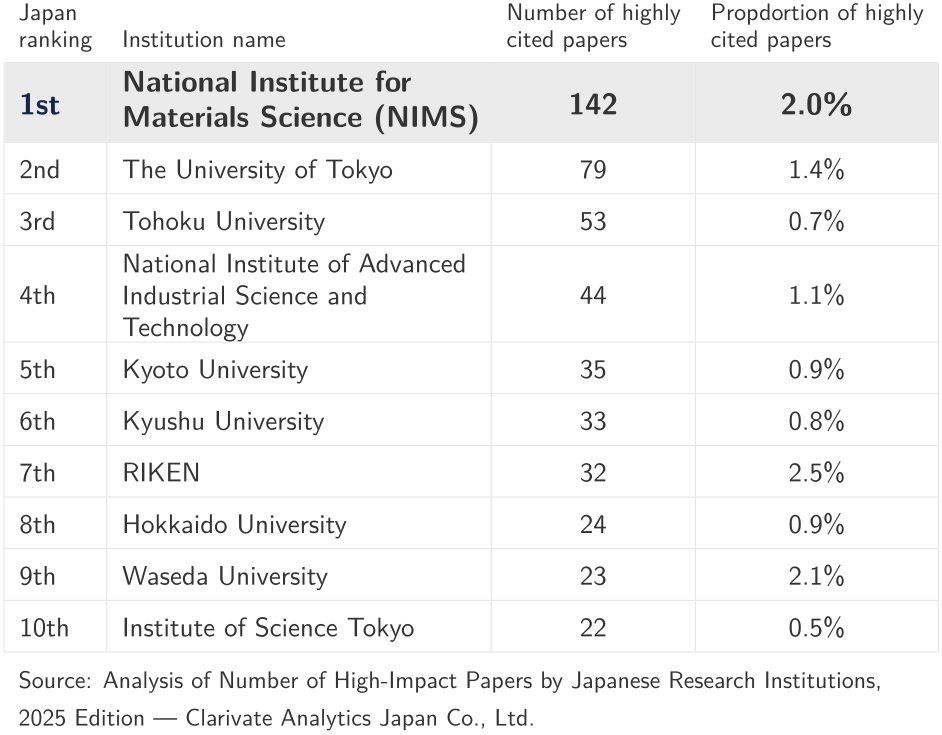
Proportion of top 1% Papers
High citation frequency
at a global level
NIMS's papers have significant influence not just in Japan but also globally.
For example, the proportion of published papers in the top 1% by number of citations is 4.5%, matching the achievement of the world's leading universities. Our papers have a global impact.
Comparison with other institutions based on top 1% papers (as of February 1, 2024)
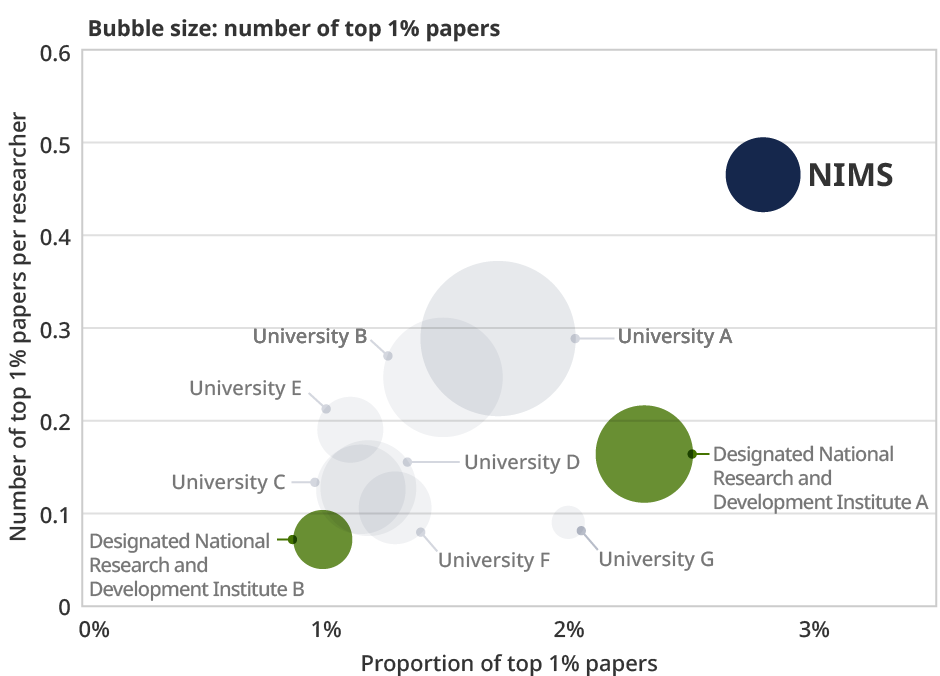
Exceptional income from patents
of our researchers are
nationals of other countries
NIMS gains patent income from the development of numerous new materials, such as the sialon phosphors contributing to widespread use of white LEDs and super heat-resistant alloys for aircraft engines. Our strength is the highest patent income per 100 researchers among domestic institutions.
Patent licensing income and number of patents (held and pending) (Fiscal year 2021)
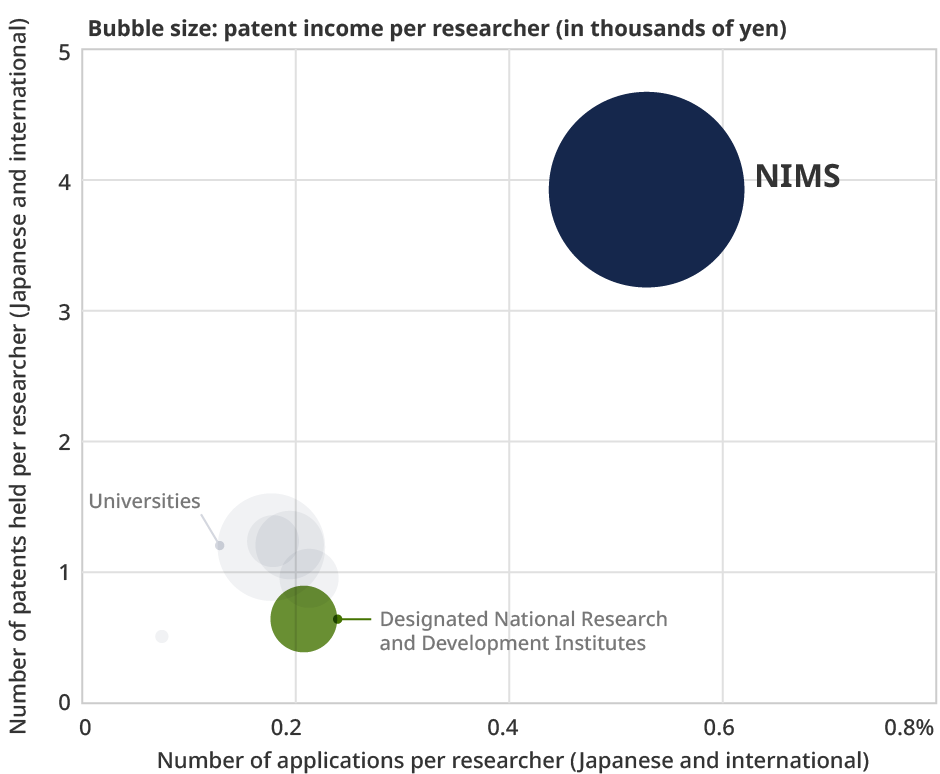
Convergence of researchers from around the world
Foreign-born researchers
collaborators
NIMS has a rich culture of international diversity and our unique research environment attracts materials researchers from all over the world.
Over 30% of our researchers are foreign nationals, and many students from universities in Japan and around the world carry out their research at NIMS via the Joint Graduate School Program and International Cooperative Graduate Program*. *Including tenure-track research positions such as NIMS Postdoctoral Researchers, ICYS Research Fellows, and NIMS Junior Researchers.
Universities around the world that collaborate with NIMS (as of November 2025)
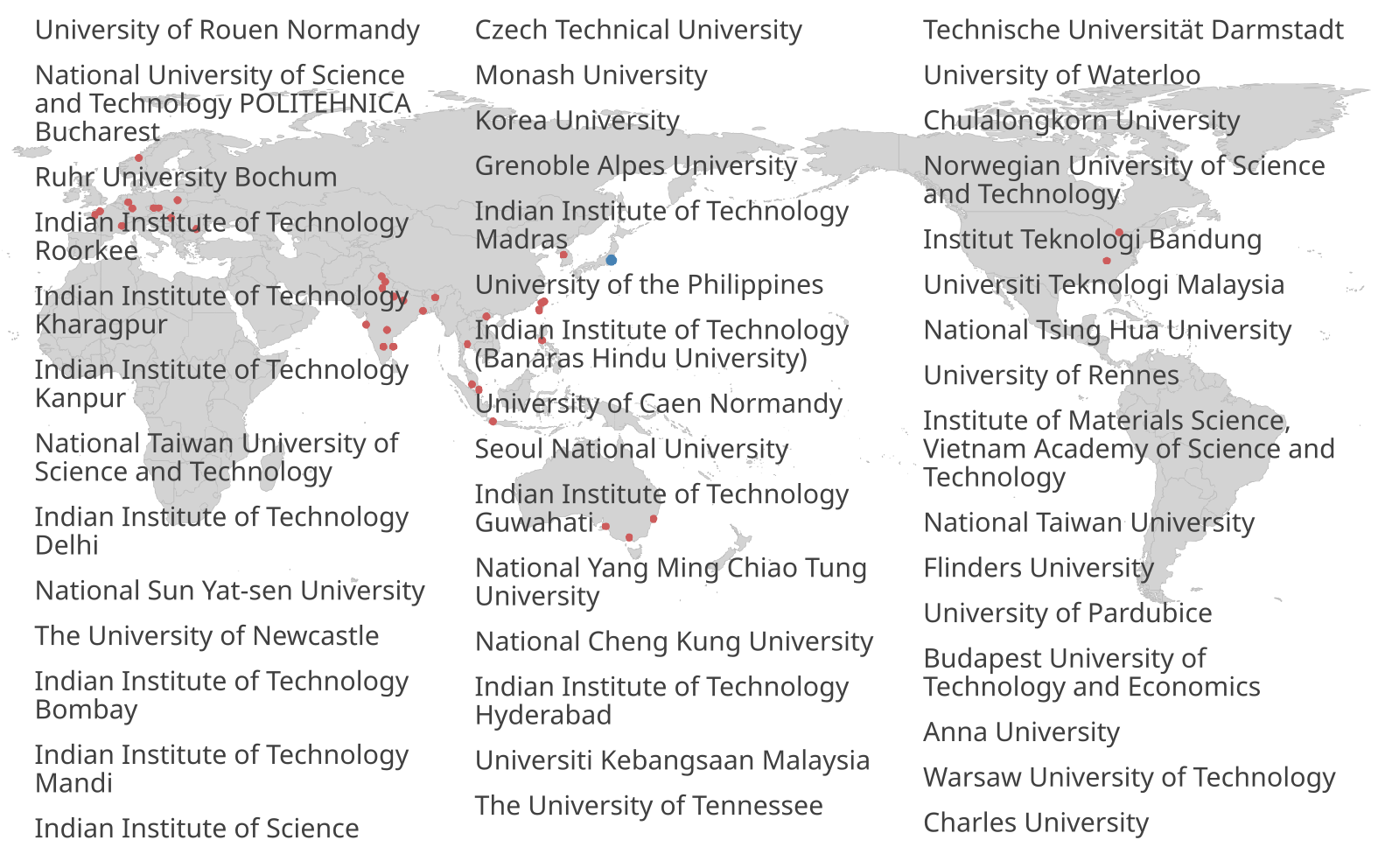
State-of-the-art research facilities that fire up the "desire to know"
NIMS research facilities boast many cutting-edge research devices that promote experimentation

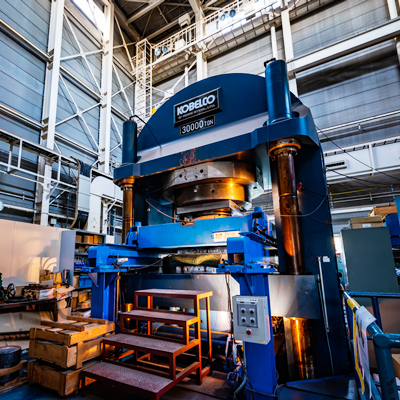

Signature NIMS equipment

This device cools hydrogen to liquefying temperature magnetizing and demagnetizing a magnetic material in the field of a superconducting magnet in repeated cycles. It achieves efficient hydrogen liquefaction via a magnetic field change with minimal heat generation.

An automated experimental robot that increases the throughput of electrolyte composition and evaluation. It acquires experimental data on a large scale in 1/100th the time it would take manually.

This device automatically produces the magnetic tunnel junction elements used in hard disk magnetic heads and magnetoresistive memory. Multiple deposition methods are combined for high-quality production at great speed.

In addition to the state-of-the-art electron microscopes necessary for next-generation battery research and development, the equipment here includes a photoelectron spectrometer capable of measurements under near-atmospheric pressure in the presence of hard X-rays, as well as a high-performance X-ray absorption spectrometer.

Features spatial resolution capable of observing structures at the atomic level, the ability to analyze elements and chemical bonding states, and the ability to directly view characteristics such as magnetic domain structures.
Research personnel (researchers, engineers, students)
Research personnel
Skilled technical staff:
(As of 1st Sept. 2025)
Number of papers:
1,355 reports,
3.6 reports per permanent research position
Top 10% of papers
23.1 %
Top 1% of papers
4.4 %
FWCI
1.45
Based on the papers published in FY2024
Highly-cited papers by national research institute ranking
Industrial collaboration
NIMS takes the stance that “the true value of materials is in their use” and we work to bridge the gap between our highly original basic research and industrial applications.
We offer a rich menu of ways to collaborate, including joint research, the licensing of our technology, research sample lending, patent and know-how licensing, and use of our facilities.
NIMS proactively promotes collaborative research with companies as an effective method for the implementation of research results.

In addition to individual collaborative research projects, NIMS promotes large-scale organizational collaborations with global companies and other entities.

5 centers
We facilitate collaboration among companies in the same industry to address shared challenges. Companies can also proceed with bilateral joint research with NIMS as they separately conduct practical research applying these results.
All-solid-state
batteries
6 companies
Structural
Materials DX
5 compa
nies,
7 other
organiza
tions
Pharmaceuticals
11 companies
Phosphors
2 companies
(As of September 2025)
Academic collaboration
The academic standing of NIMS is enhanced through exchanges with leading researchers and promising young researchers and students at universities and public research institutes in Japan and abroad. Global collaboration and exchange further the development of Japan’s materials research and related industry.
This program allows students at universities with which agreements have been signed to earn degrees based on research work at NIMS.

(80 faculty members, 164 graduate students)
(As of April 2025)
A program that partners with leading graduate schools worldwide. NIMS researchers provide research guidance to students on doctoral programs.

(As of September 2025)
(In FY2024)
This system is designed to allow collaborative research with NIMS researchers. Teachers and students assigned to research laboratories at universities, graduate schools, and colleges of technology are accepted as groups.

Universities:

Faculty members:

Students:
(In FY2024)
- The Strength of NIMS's Research in Numbers
- Our Research Achievements
- NIMS Research Centers and Divisions
- Platform for Dissemination of Scientific Information
- Main Equipment and Facilities
- Academic Collaboration
